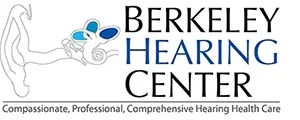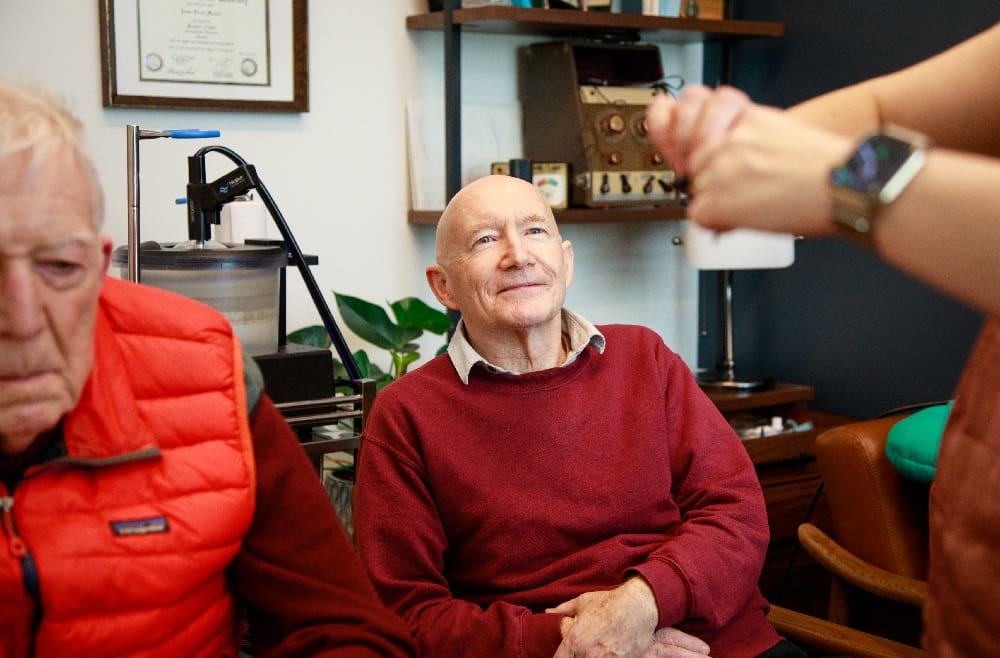2023-01-06
Jonathan Lipschutz Audiologist, M.S., F-AAA, Co-Owner
I recently read a fascinating article in the Jerusalem Post titled “Brains could be trained to filter out noises, new study suggests”. The study (published in the Journal of Neuroscience, titled “Decreased Modulation of Population Correlations in Auditory Cortex Is Associated with Decreased Auditory Detection Performance in Old Mice”) looked at the ability of young versus older mice to ‘turn off’ neural activity to perceive a tone in the presence of background noise.
Even though we often think in terms of hearing with ears (or seeing with our eyes), we know that it is our brain that is perceiving and processing the information provided by the coding mechanisms of our sensory ‘organs’. The healthy ear does an amazing job of breaking down the sounds in our environment so that our brain can interpret and properly use all of the information around us. When our ears are healthy, we can detect very small changes in pitch or volume. The quality of ‘data’ the brain receives allows us to tease out the voice we’re trying to hear in the milieu of noise in a restaurant or party. That’s because the brain is getting very precise data encoded by the nerve cells in our inner ear (cochlea). But what happens when the ear isn’t healthy?
When thinking about this, a term from the early days of computing comes to mind, “garbage in, garbage out” (GIGO). The idea being that the brain can’t do what it’s normally capable of due to the poorer quality information it’s receiving. Interestingly, when I was looking up the origin of GIGO, one of the few uses cited in Wikipedia was an Audiology reference about auditory neuropathy spectrum disorder (ANSD) where neural firing from the cochlea has become unsynchronized, delivering static-filled sound to the brain.
But what if difficulty understanding speech in noise is not wholly related to the less precise information being sent to the brain from hearing loss? What if people could train their brains to focus on an individual voice amongst the noise? The researchers from the study above postulate just that.
This is also born out by a clinically proven, auditory training and aural rehabilitation software known by the acronym LACE (Listening and Communication Enhancement). LACE was the brainchild of UCSF audiologist Dr. Robert Sweetow and former Grateful Dead audio engineer turned software designer and entrepreneur, Gerry Kearby. LACE combines auditory training tasks intended to improve listening and comprehension skills for noisy & multiple-talker situations, rapid speech and auditory memory (filling in ‘blanks’ during conversation).
It makes perfect sense, right? A hearing aid is just that, an aid. It alone can’t fix the problems associated with nerve hearing loss.
I’m always counseling patients and their families about things they can do to improve overall communication-reduce background noise, distance and rate of speech, face the person when you’re talking to them, get their attention before speaking.
LACE is another tool in our quiver to help train the hearing impaired brain to do more with the information it gets. Now, if we only had a tool to tune all of the craziness around us…!!!
Please continue to love our community by getting vaccinated/boosted & masking where and when appropriate AND supporting our local businesses.
https://berkeleyhearing.com/wp-content/uploads/2024/10/Struggling-with-hearing-in-noisy-places-Discover-how-auditory-training-can-help-you-regain-control-and-improve-communication.jpg
Jonathan Lipschutz Audiologist, M.S., F-AAA, Co-Owner






